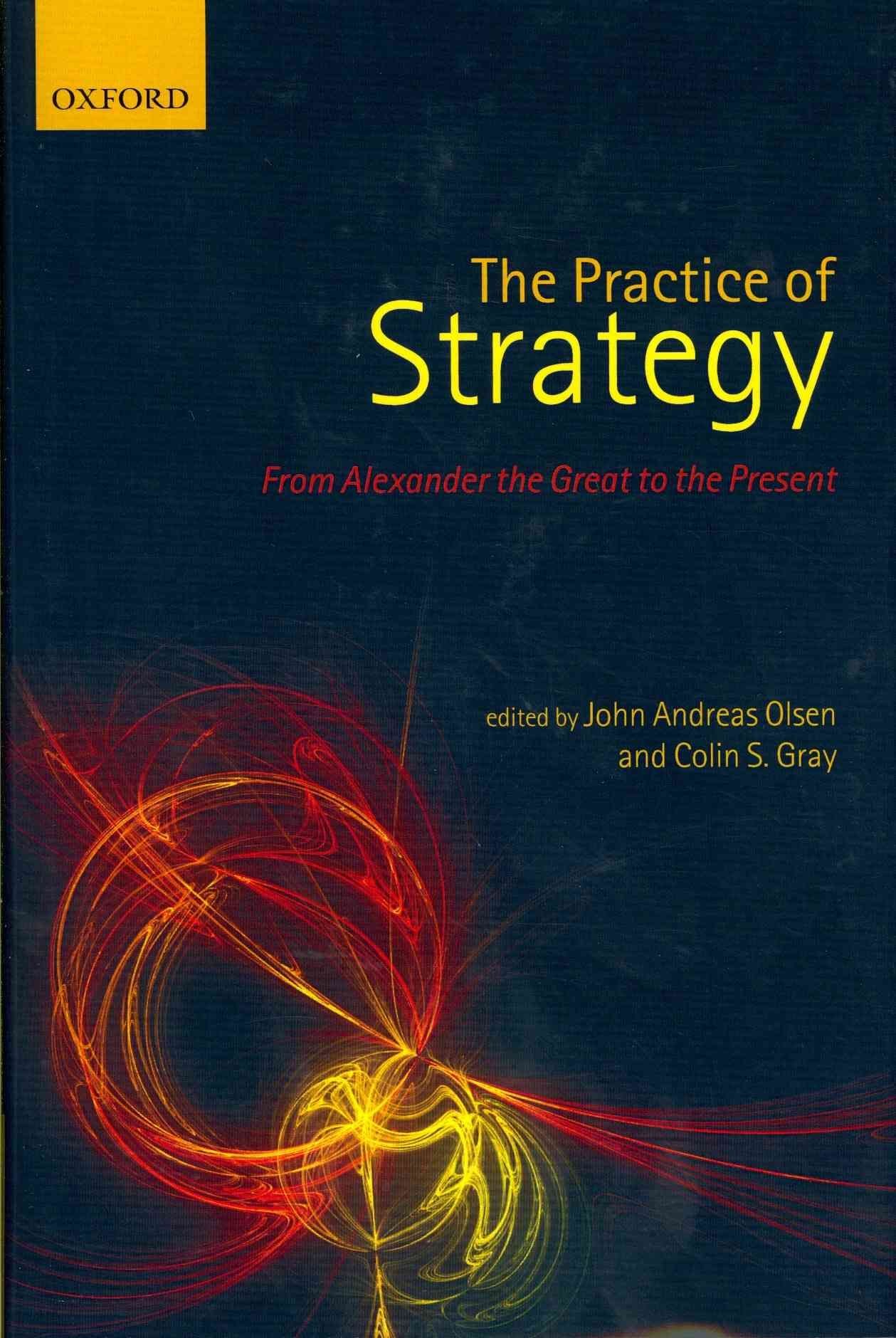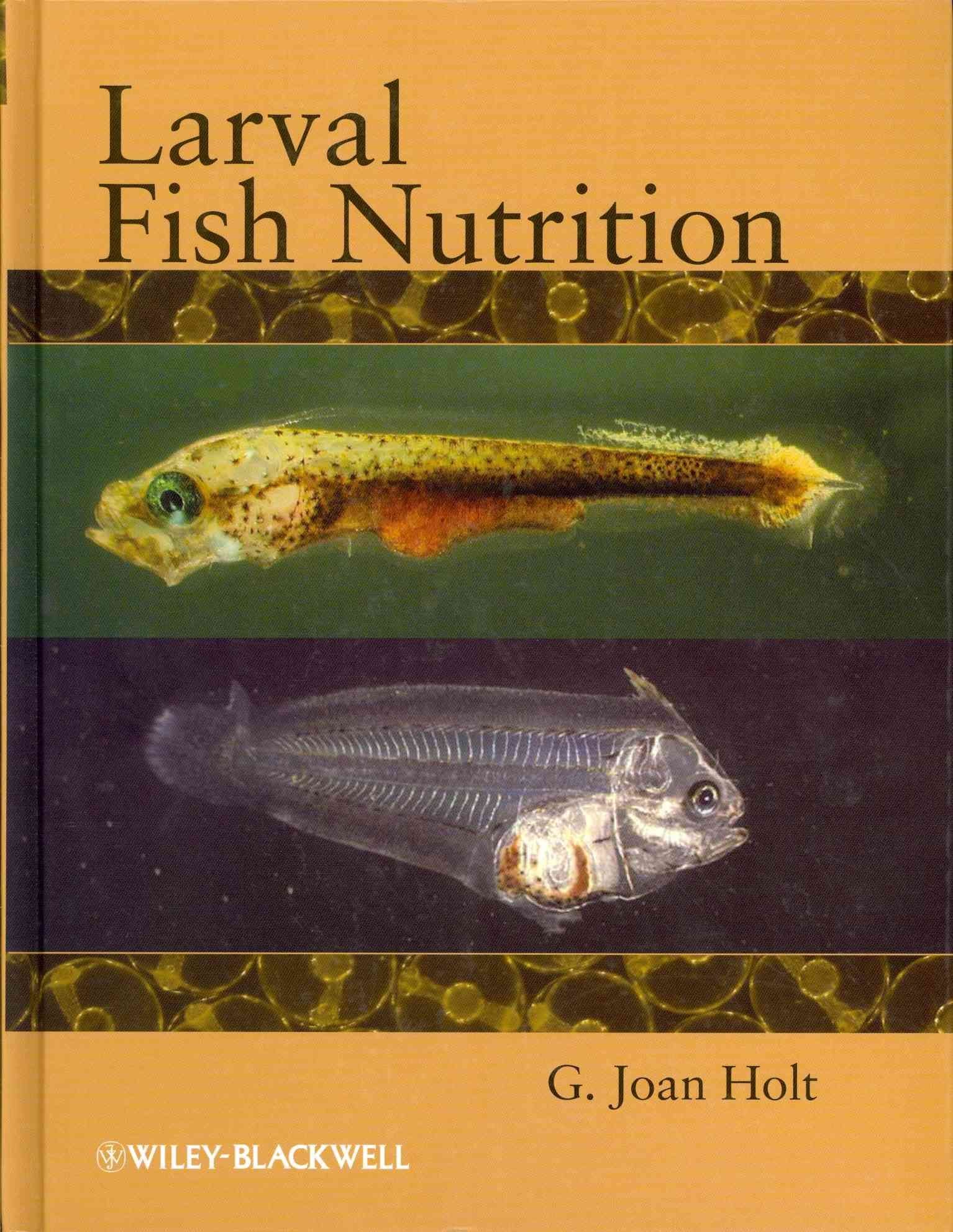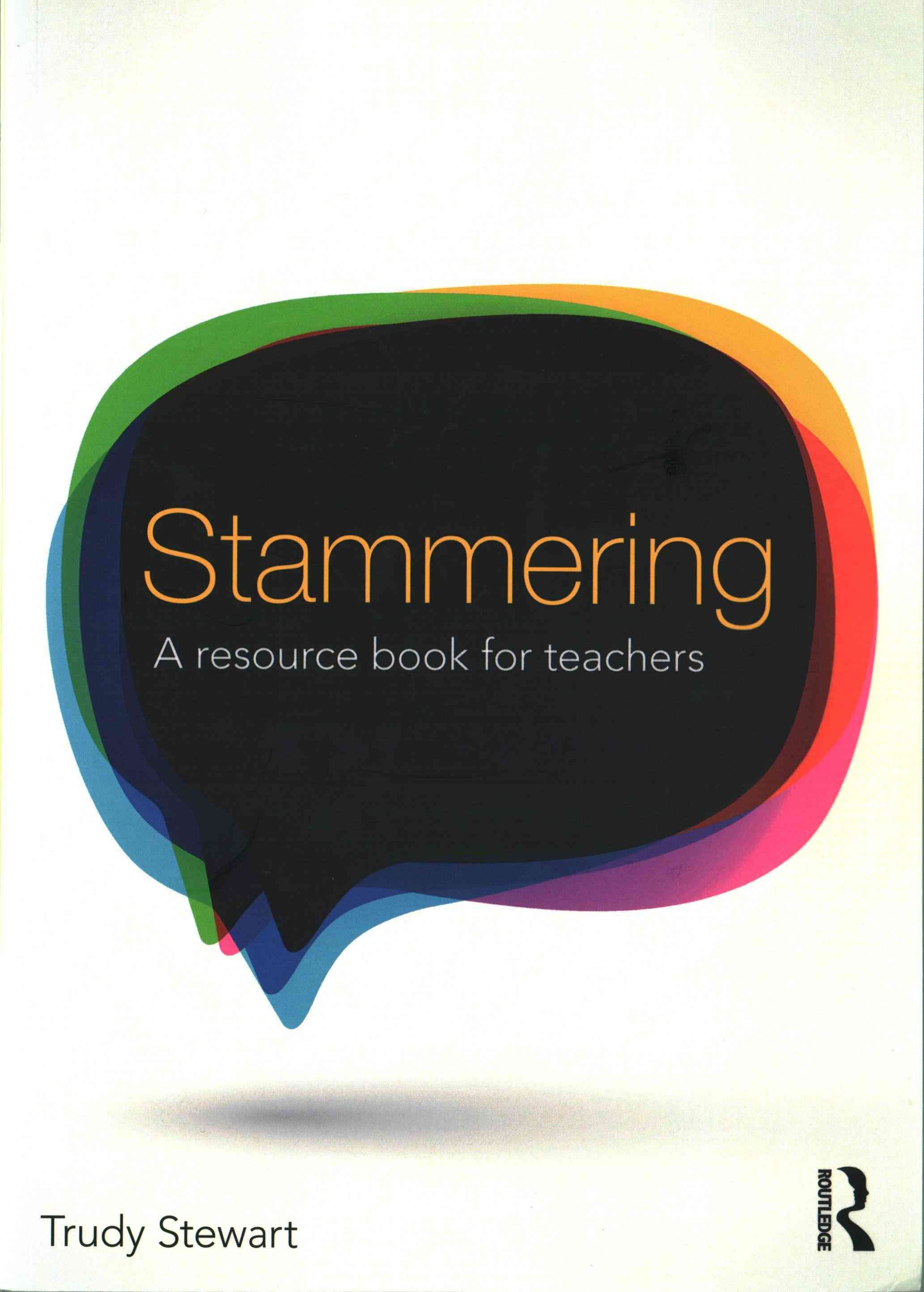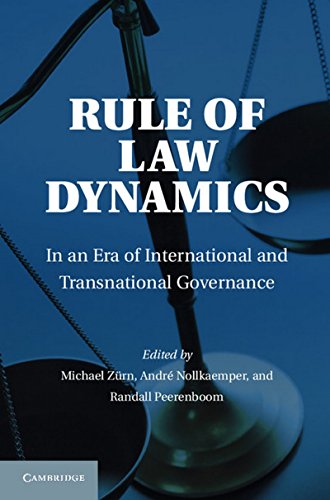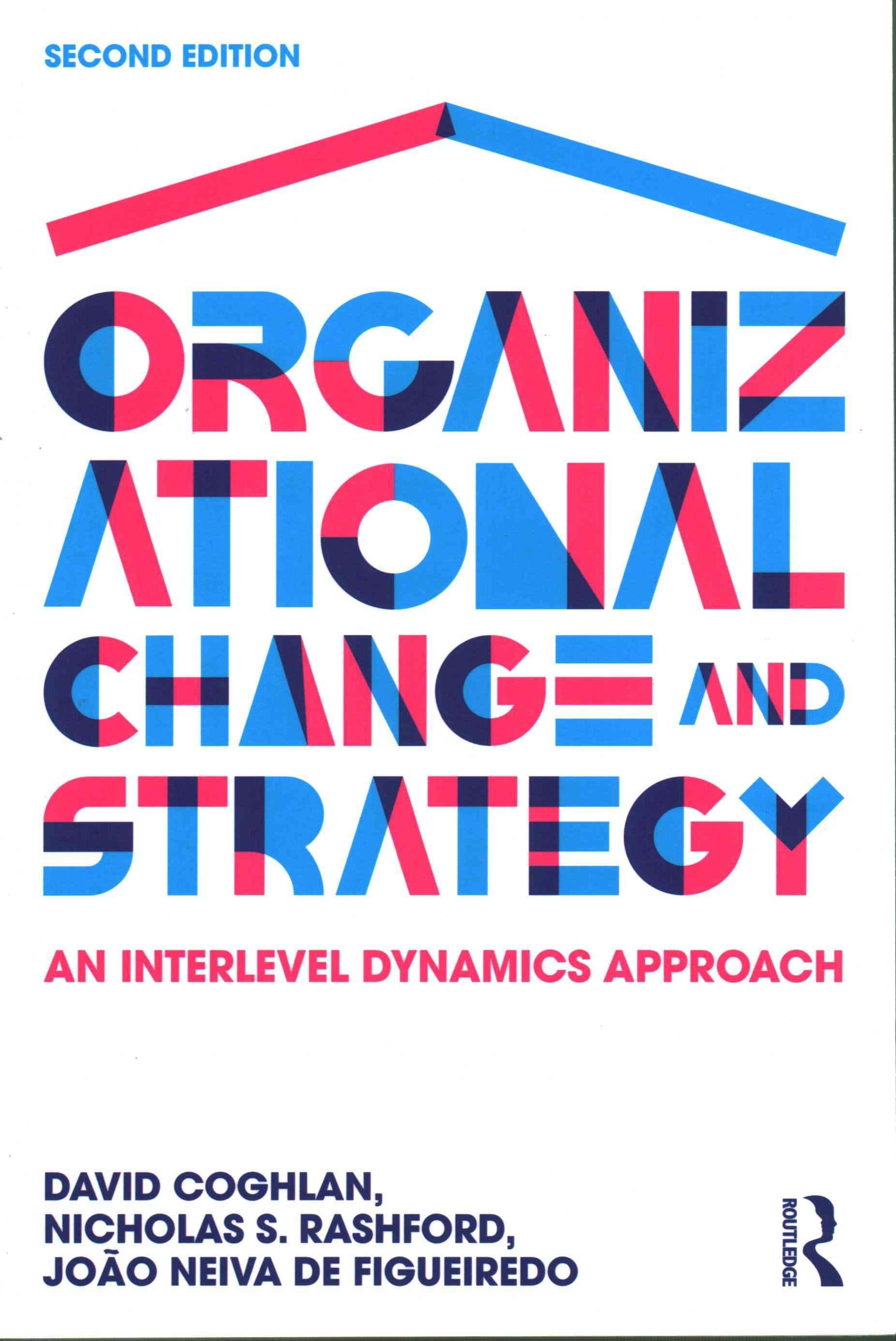The Practice of Strategy focuses on grand strategy and military strategy as practiced over an extended period of time and under very different circumstances, from the campaigns of Alexander the Great to insurgencies and counter-insurgencies in present-day Afghanistan and Iraq. It presents strategy as it pertained not only to wars, campaigns, and battles, but also to times of peace that were over-shadowed by the threat of war. The book is intended to deepen understanding of the phenomena and logic of strategy by reconstructing the considerations and factors that shaped imperial and nation-state policies. Through historical case studies, the book sheds light on a fundamental question: is there a unity to all strategic experience? Adopting the working definition of strategy as ’the art of winning by purposely matching ends, ways and means,’ these chapters deal with the intrinsic nature of war and strategy and the characteristics of a particular strategy in a given conflict. They show that a specific convergence of political objectives, operational schemes of manoeuvre, tactical moves and countermoves, technological innovations and limitations, geographic settings, transient emotions and more made each conflict studied unique. Yet, despite the extraordinary variety of the people, circumstances, and motives discussed in this book, there is a strong case for continuity in the application of strategy from the olden days to the present. Together, these chapters reveal that grand strategy and military strategy have elements of continuity and change, art and science. They further suggest that the element of continuity lies in the essential nature of strategy and war, while the element of change lies in the character of individual strategies and wars.
